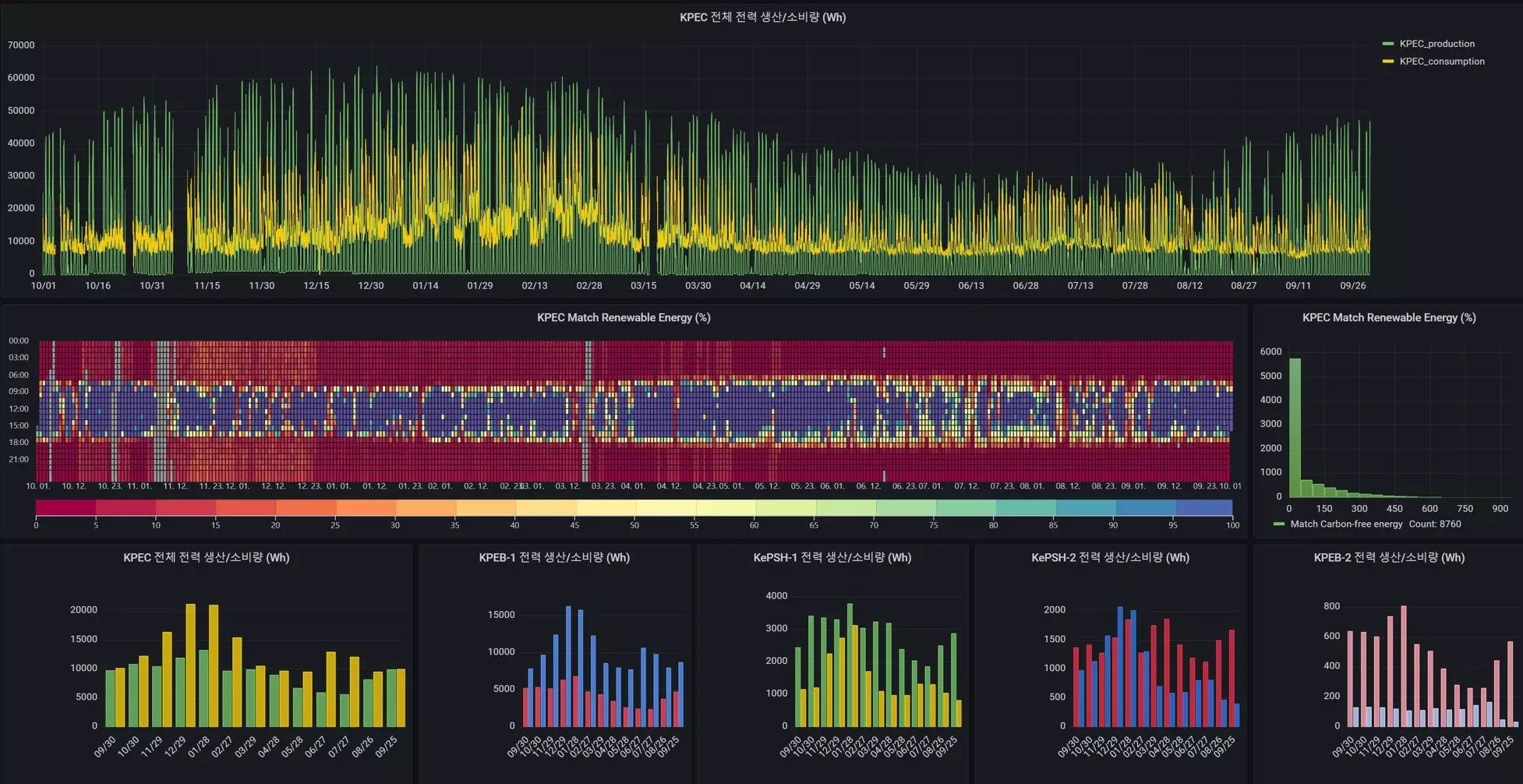As cities continue to swell with populations, the need for efficient, sustainable energy systems has never been more pronounced. A recent joint research initiative has unveiled groundbreaking technologies aimed at promoting “Urban Electrification,” particularly through the integration of artificial intelligence (AI). This approach is not only aimed at enhancing energy systems but also at significantly reducing fossil fuel dependency. The collaborative effort, which includes experts from the Renewable Energy System Laboratory and the Energy ICT Research Department at the Korea Institute of Energy Research (KIER), has drawn attention from academic circles and policymakers alike, recently earning publication in the journal *Sustainable Cities and Society*.
At its core, urban electrification seeks to usher in a new era of sustainable urban planning. By completing the transition to renewable sources—such as solar panels incorporated into building designs—this strategy aims to overhaul traditional energy systems. In contrast to the established models often seen in places like the United States and Europe, where renewable energy integration is already a focal point for achieving carbon neutrality, the idea remains relatively nascent in South Korea. The critical challenge in renewable energy integration lies in its inherent variability; as cities embrace these energy sources, dependencies shift and electricity demand no longer aligns neatly with supply. This strain on the grid forces cities to contend with the complexities of energy management as they shift away from fossil fuels.
In traditional energy models, the manipulation of electricity supply via fossil fuels catered fluidly to the fluctuations in demand. Yet, the paradigm shifts markedly in urban environments reliant on renewables. Weather conditions can dramatically impact the supply of energy—sunlight for solar energy, for example—resulting in unpredictable surges or drops in availability. This volatility creates a significant challenge: how to maintain grid stability in the face of external pressures and unpredictable events. High-impact, low-probability occurrences—such as sudden cold fronts or severe heat waves—pose further threats to urban power systems. These infrequent but impactful events can suddenly spike demand while simultaneously inhibiting energy production, thus jeopardizing grid resilience and increasing the risk of blackouts.
AI-Powered Solutions for Stability
The research team has countered these challenges through the development of a sophisticated energy management algorithm, harnessing AI to analyze intricate patterns of energy consumption. By assessing data pertaining to building types and renewable output, they could establish a clearer understanding of how diverse factors—including weather patterns and human interaction—affect the urban power landscape. Their findings underscored the importance of preparing for those rare yet significant events, which although rare, can destabilize energy systems and lead to increased operational costs.
By deploying their algorithm within a capable management system, the researchers achieved vital optimizations concerning energy output, demand management, and inter-building energy sharing. The resulting system not only balanced daily energy needs but was explicitly constructed to mitigate risks during extreme scenarios, thus ensuring continued grid stability.
In practical applications, the system was validated within a community-scale environment designed to mimic an electrified urban setting. Here, the research team recorded remarkable results: the self-sufficiency rate reached 38%, while self-consumption hit 58%. These figures represent a significant leap forward compared to the typical 20% self-sufficiency and a 30% self-consumption seen in non-adaptive buildings. Additionally, the AI-driven system produced an 18% reduction in electricity costs, enhancing the cost-effectiveness of energy management on a community-wide scale.
Moreover, the scale of energy consumption in this demonstration was illustrative of the system’s real-world applicability: totaling 107 megawatt-hours (MWh), it surpassed the figures previously derived from simulation studies by leading global institutions by sevenfold. This empirical evidence greatly underscores the potential of AI-enhanced energy systems in urban environments.
As urban areas grapple with the complex demands of modern energy consumption and the pressing need for sustainability, the integration of AI into energy management presents a promising pathway forward. The findings of this research initiative offer invaluable insights that not only contribute to localizing energy solutions but simultaneously push for broader societal shifts toward renewable reliance. The future of urban electrification is set to transform the urban landscape, ultimately leading cities toward a more sustainable, economically viable, and resilient energy future.

